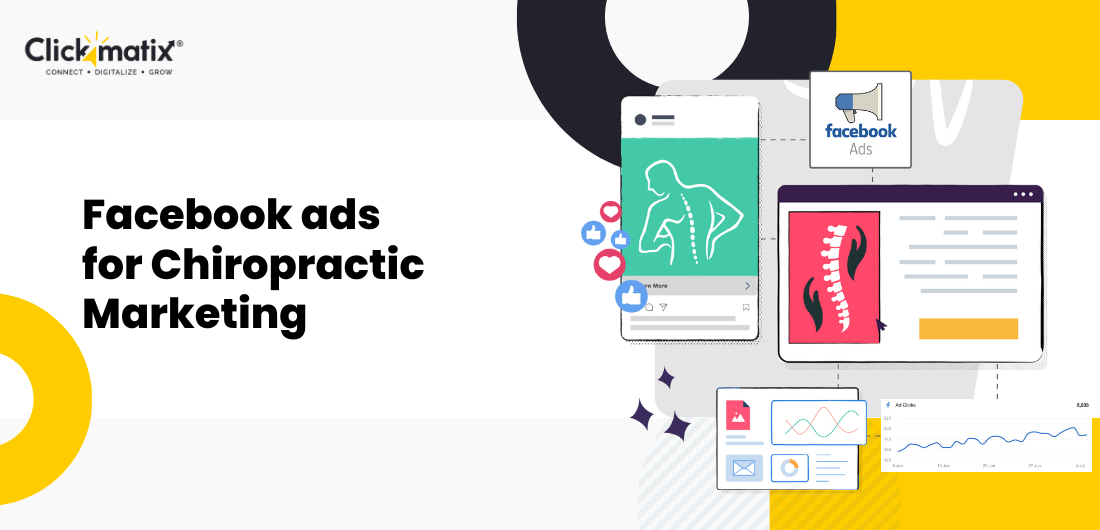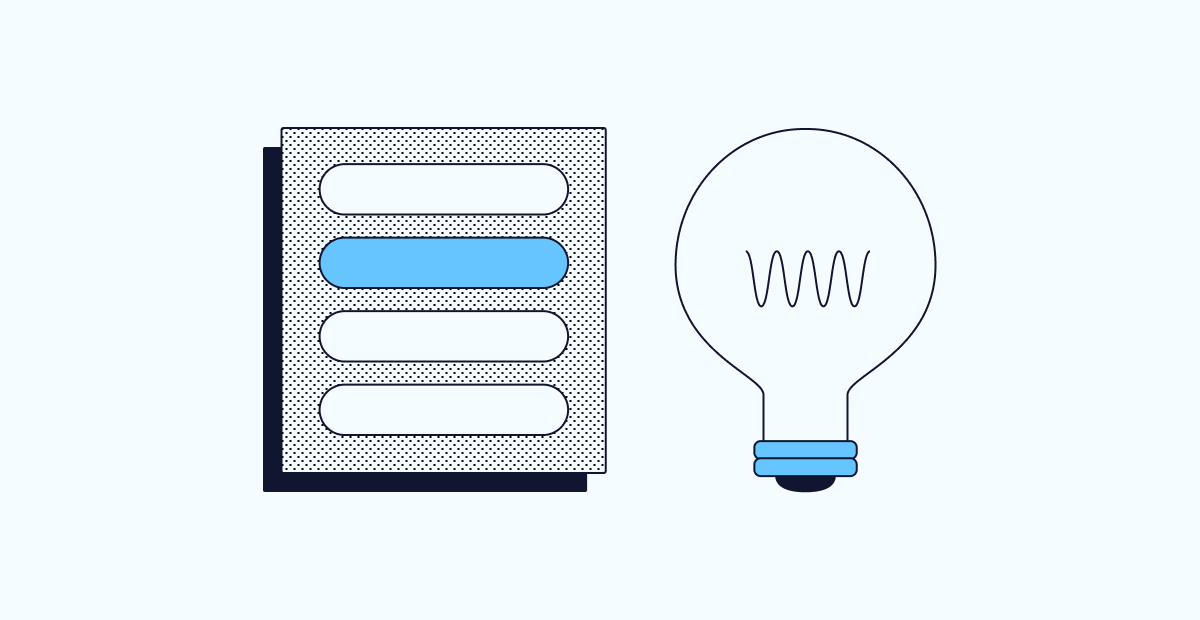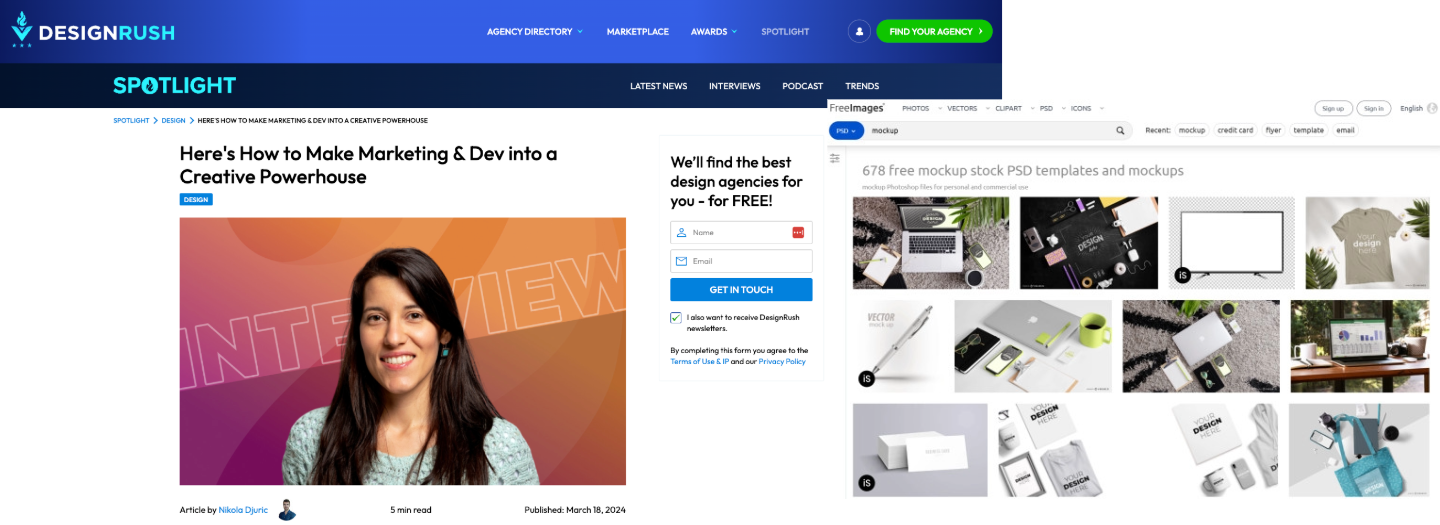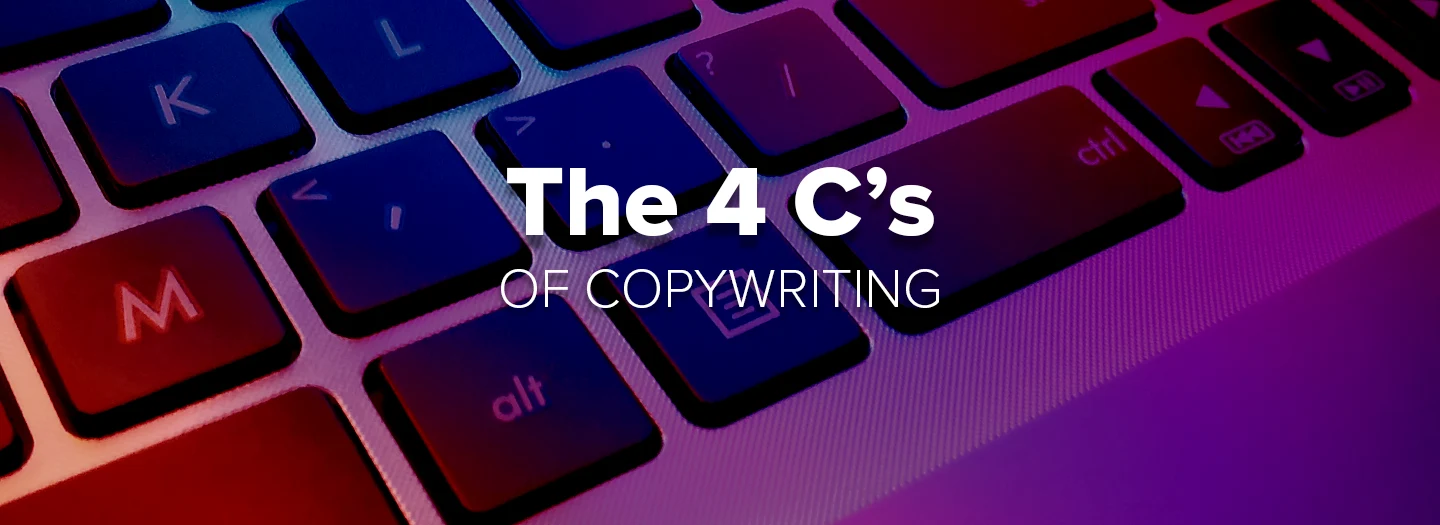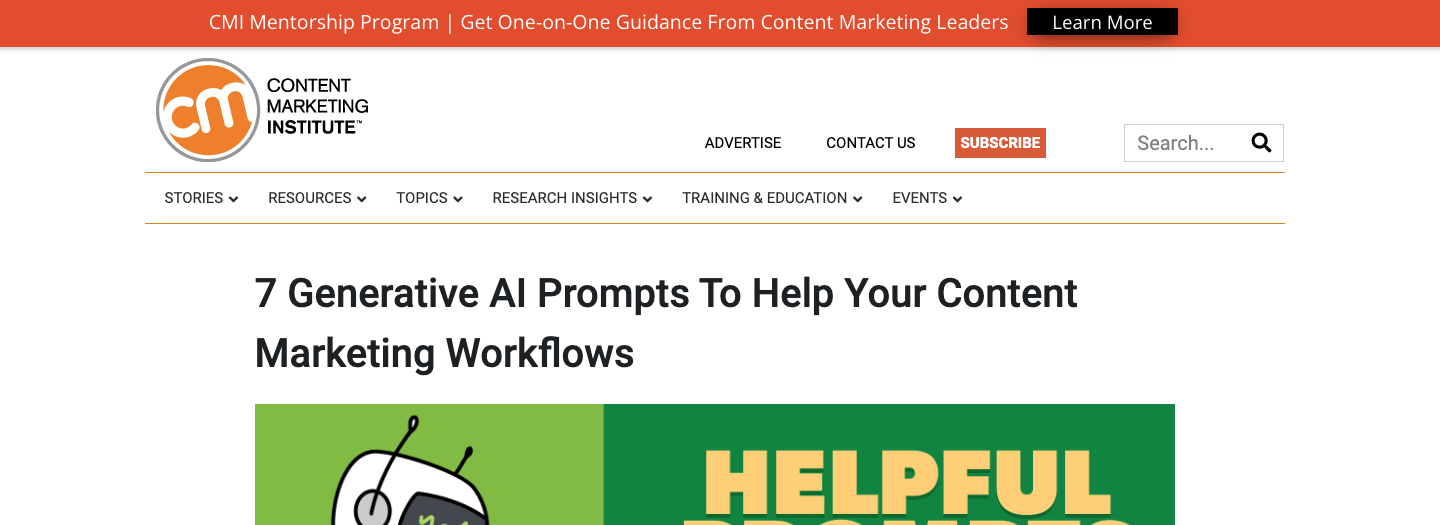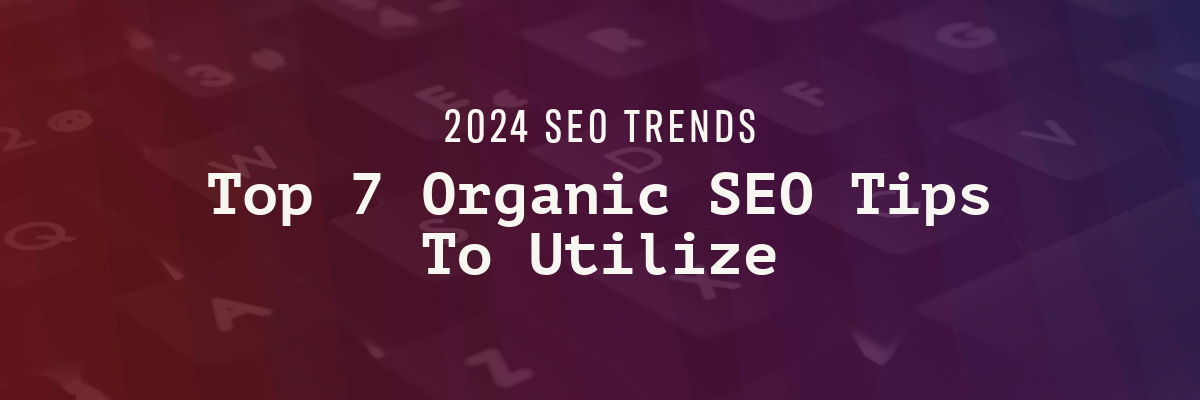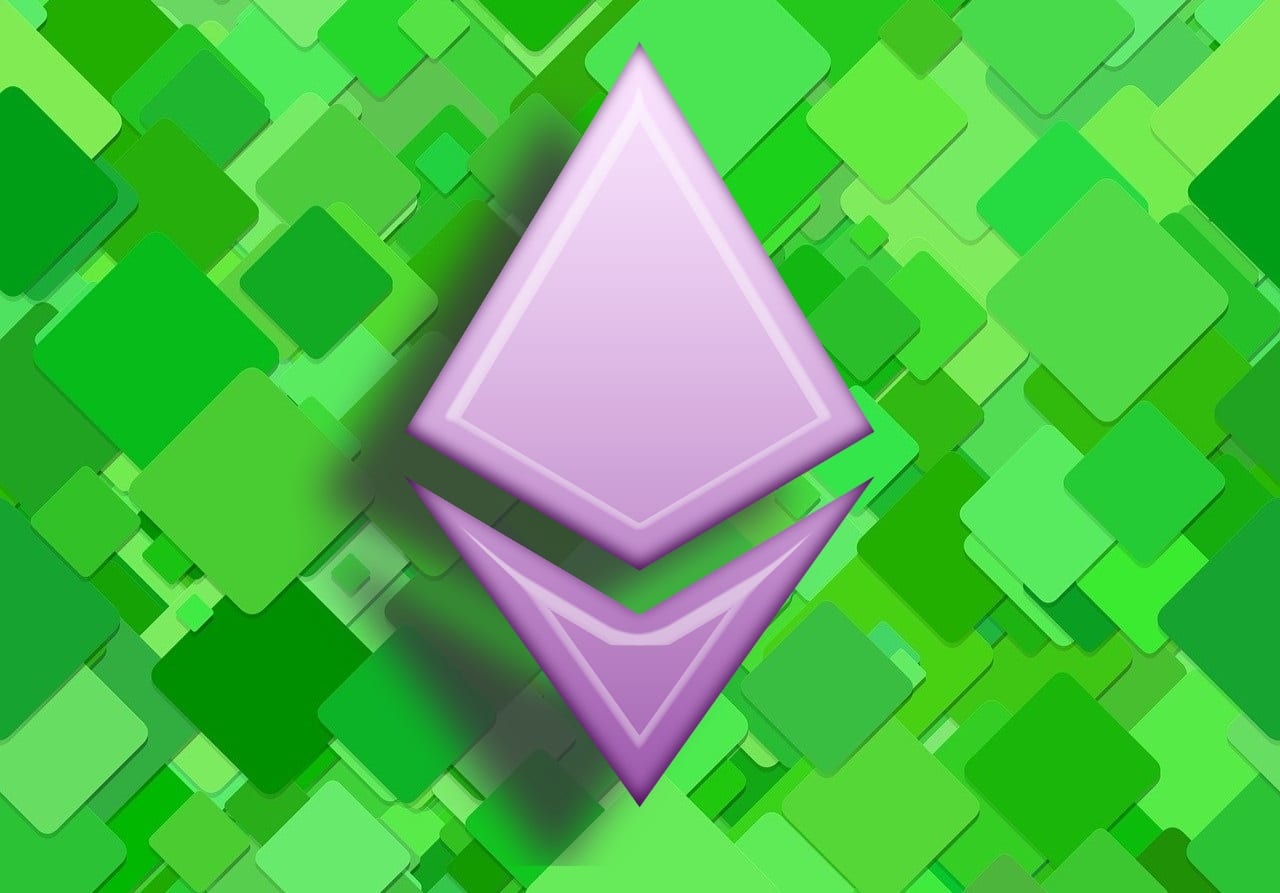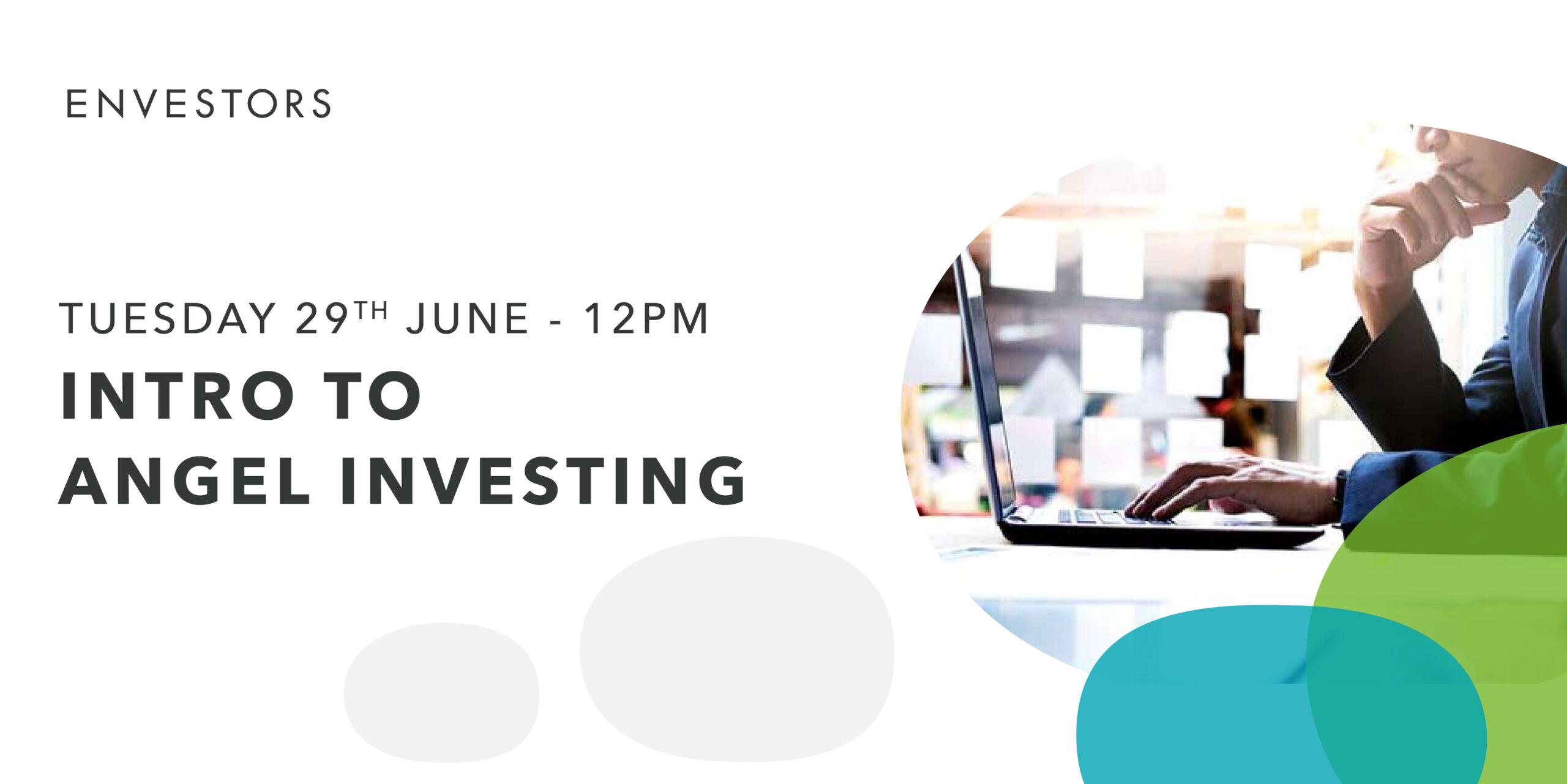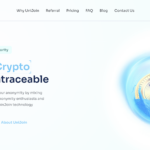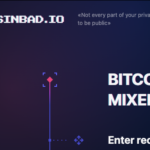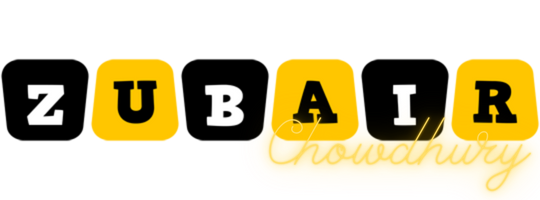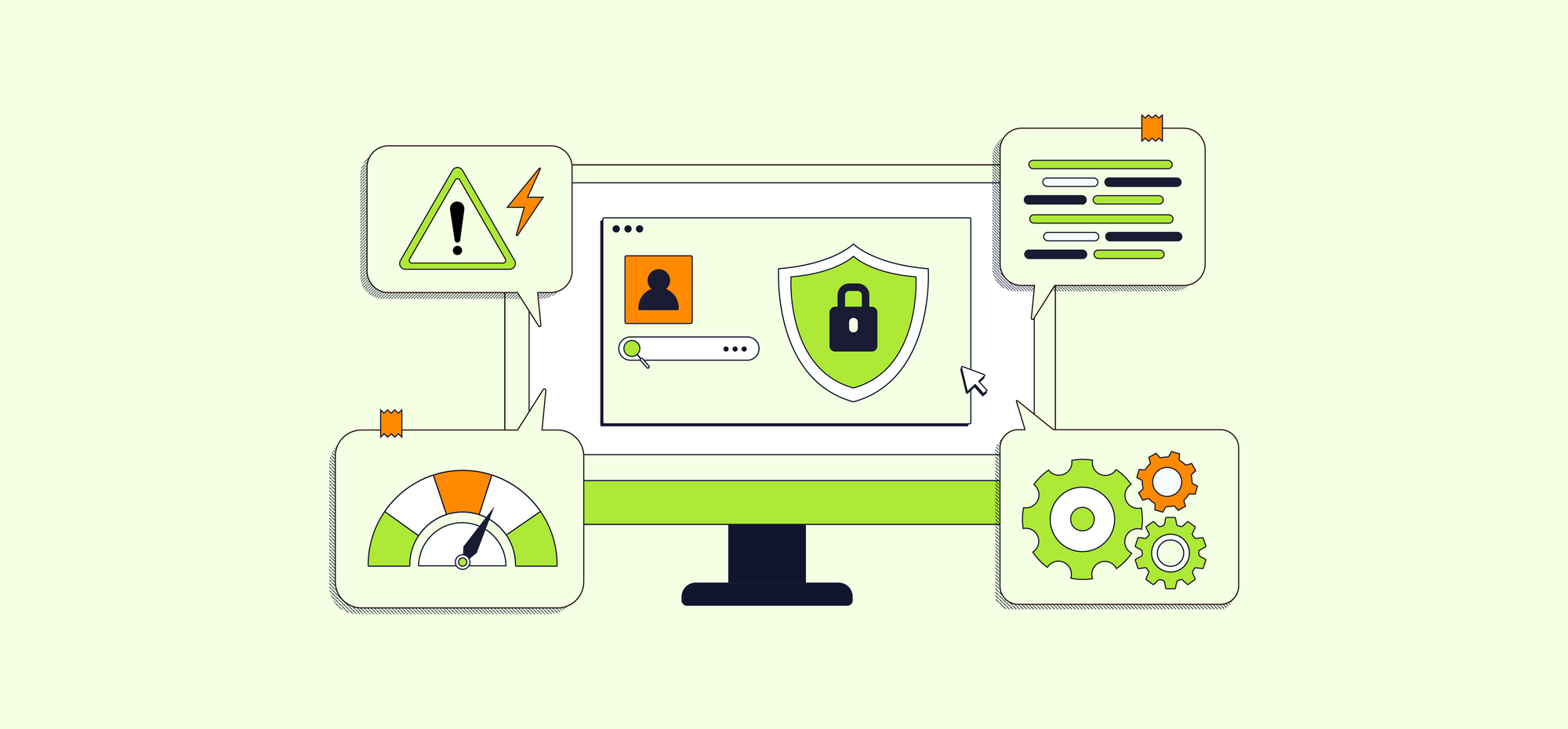How To Tell If You’re “Proficient In Excel” & How To Get Better
Plus, common Excel interview questions and how to answer them. The post How To Tell If You’re “Proficient In Excel” & How To Get Better appeared first on Codecademy Blog.
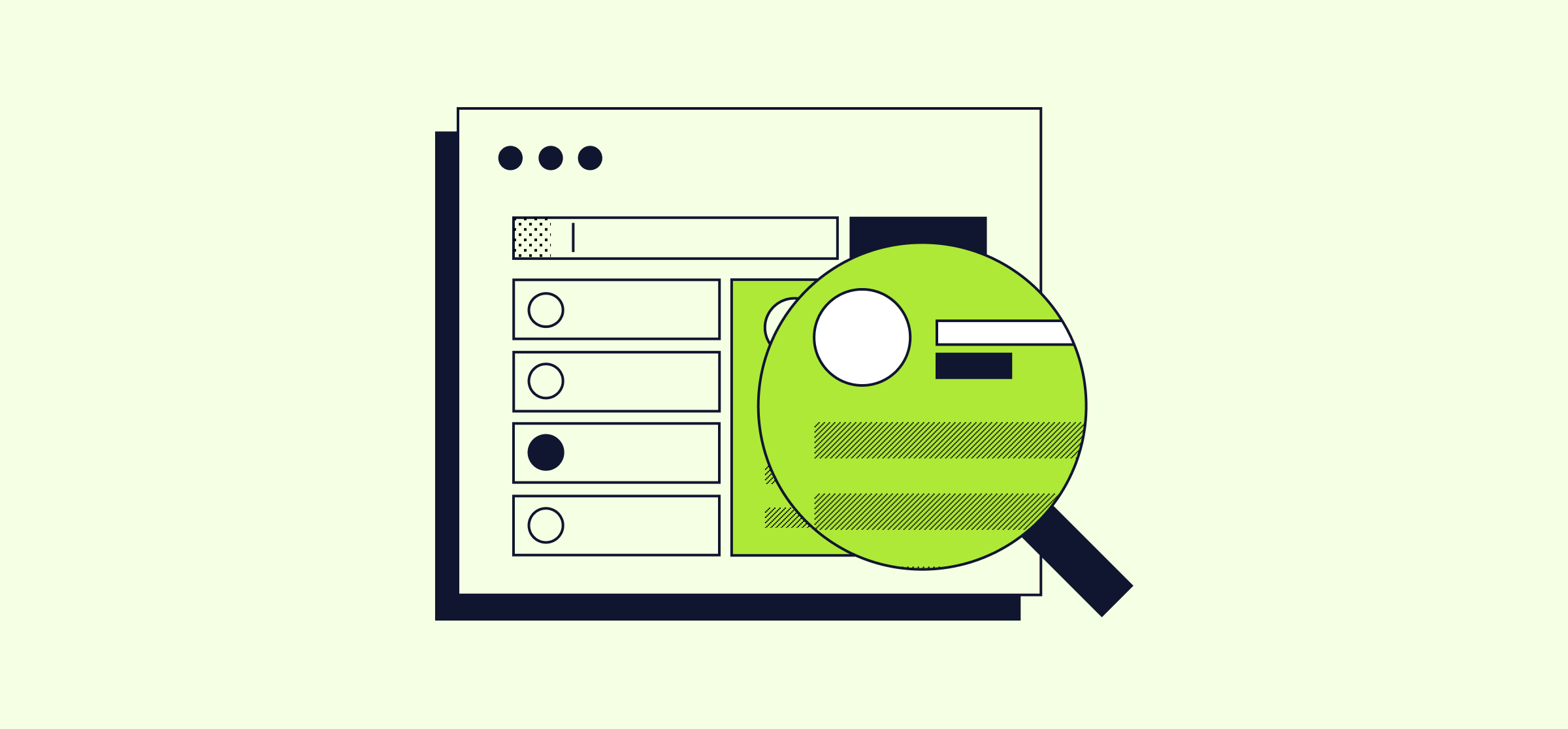
Seeing “proficient in Microsoft Excel” listed on a job description can be confusing, even if you regularly use the Microsoft spreadsheet software. Considering the vast uses for Excel, how can you tell if you’re truly “proficient” enough to be considered for a role?
For starters, read the job description closely. If Excel proficiency is listed as a “required” technical skill, then it’s safe to assume it’s an Excel-heavy role with little room to fake it or learn on the job. But if the job description categorizes it as a “preferred” or “desired” skill, then you might be more qualified than you think.
“What it means to be ‘proficient’ is going to depend on what you need to use Excel for,” explains Ada Morse, Associate Curriculum Developer at Codecademy. For example, a Business Intelligence (B.I.) Analyst might rely on Excel to manage budgets and financial forecasts, while a project manager might use it to build an organized schedule or calendar.
Learn something new for free
The beauty of Excel is that it’s a powerful but flexible program with tons of potential use cases. “Like with a lot of programming languages, there’s thousands and thousands of functions in Excel for different things — and no one’s going to know them all,” Ada says.
Our course Learn Microsoft Excel for Data Analysis will teach you some key Excel functions, like how to import and manipulate data and create visualizations, so you can confidently claim proficiency. If you’re heading into a job interview or wondering if you have what it takes to apply to a position that involves Excel, here’s what you need to know.
What does “proficient in Excel” really mean?
Broadly speaking, being “proficient in Excel” means you understand the basic layout of the program and how certain mechanical aspects work, like formulas, functions, tables, and ranges, Ada says. Excel spreadsheets typically involve numeric data, so you should know how to complete basic computations, like calculating averages or finding the maximum and minimum values in a column, she adds.
If you’re working with a large data set, knowing how to use and control AutoFill is a great way to be more efficient, Ada suggests. Being able to filter a data set, so that you can see the data you’re actually interested in, is another way to prevent tedious scrolling, she says. And it’s a good idea to have a grasp on how to create a basic chart from your data, she says.
Similar to Microsoft Word, there are lots of opportunities to change colors and fonts within Excel spreadsheets. In the course Visualize Data with Excel, you’ll learn how to create and customize pie charts, bar graphs, and other data visualizations. Knowing how to format a spreadsheet so that the content is clear and legible is certainly a good skill to have, but don’t get too caught up in aesthetics, because everyone has different stylistic preferences, Ada says. “People who use Excel a lot tend to get really opinionated about what the best way to use it is,” she says.
How to answer Excel interview questions
“What’s your favorite Excel formula or function?”
This is a common example of an Excel interview question that a recruiter or hiring manager might ask. For example, you might say you’re a fan of INDEX and MATCH or VLOOKUP, which are a few different tools that are used to find specific data cells in your spreadsheet. “Each of these has their own little finicky flaws that can get you into trouble if you don’t know how to use them properly,” Ada says.
“Do you know what a PivotTable is?”
Or an interviewer might ask you something about a PivotTable and how to use them. If you don’t know, a PivotTable is a tool in Excel that automatically restructures a table that allows you to quickly (and cleanly) summarize data with categories and subcategories. You can learn how to sort and pivot data in the free Excel Basics course.
“Describe the process of creating a chart or graph in Excel.”
Knowing how to visualize data using Excel’s charting tools is a standout skill. You can learn how build and customize data visualizations (like pie charts and bar graphs) that accurately represent your data in the course Visualize Data with Excel.
“How can you protect a worksheet or workbook in Excel?“
This question gauges your understanding of Excel’s security features to protect data from unauthorized changes. In the free course Data Manipulation in Excel you’ll learn how to import data from a variety of sources, clean and inspect the data, and then protect your data in advance of distribution.
While these might seem like oddly specific questions that are designed to trip you up, they’re really ways for recruiters to see what steps you would take to figure something out or solve a problem and how comfortable you are with the software, Ada says. “If someone doesn’t have a favorite Excel function, then probably they haven’t used it enough,” she says.
Don’t panic if you don’t know the answer to an interview question — these tips and phrases can help you confidently respond when you’re on the spot. If you have an upcoming job interview, be sure to try out our Interview Simulator tool. It’ll provide AI-generated questions based on your experience and the position you’re applying for, plus it provides feedback on your responses so you know how to improve.
Ways to get better at using Excel
There are plenty of ways to brush up your Excel skills, starting with our course Learn Microsoft Excel for Data Analysis. This course introduces you to Excel best practices and guides you through multiple practical Excel Projects that you’ll get to build (like this one).
If there’s a specific technique you want to work on, check out our courses like Data Manipulation in Excel and Visualize Data with Excel. With most of our Excel courses, you can earn a certificate of completion, which you can add to your LinkedIn profile to show recruiters or potential employers that you’ve completed everything in a course or path.
Another smart way to practice is by downloading a dataset to play around with. “Find the dataset that’s interesting to you, open it up in Excel, and start exploring,” Ada says. “Be inquisitive and see what basic questions you can ask about the dataset.” When you run into something you don’t know how to do, use your friend Google (or the Codecademy Forums) to find a tutorial, she says.
The bottom line: Proving that you’re a problem-solver and capable of learning to fill your knowledge gaps is just as valuable as showcasing your technical chops. “Being able to find out how to do the thing that you need to do is really the base level of proficiency,” Ada says.
Don’t discount your work experience or competency with other programming languages that may overlap. For example, knowing how to Analyze Data with Python could easily transfer over to roles that utilize Excel. Check out our other career paths to explore the data science field, like Data Science Foundations and Data Scientist: Analytics Specialist.
Lastly, before you press submit on your job application, be sure to check out these tips for writing a standout cover letter for a Data Scientist position, and refresh your LinkedIn profile with advice from recruiters.
This blog was originally published in June 2022 and has been updated to include additional Excel courses and resources.
Related courses
The post How To Tell If You’re “Proficient In Excel” & How To Get Better appeared first on Codecademy Blog.
What's Your Reaction?









![13 Tips for Creating Videos for Instagram Like the Brands You Love [+ Examples]](https://www.hubspot.com/hubfs/creating%20videos%20for%20instagram%20featured.png)





